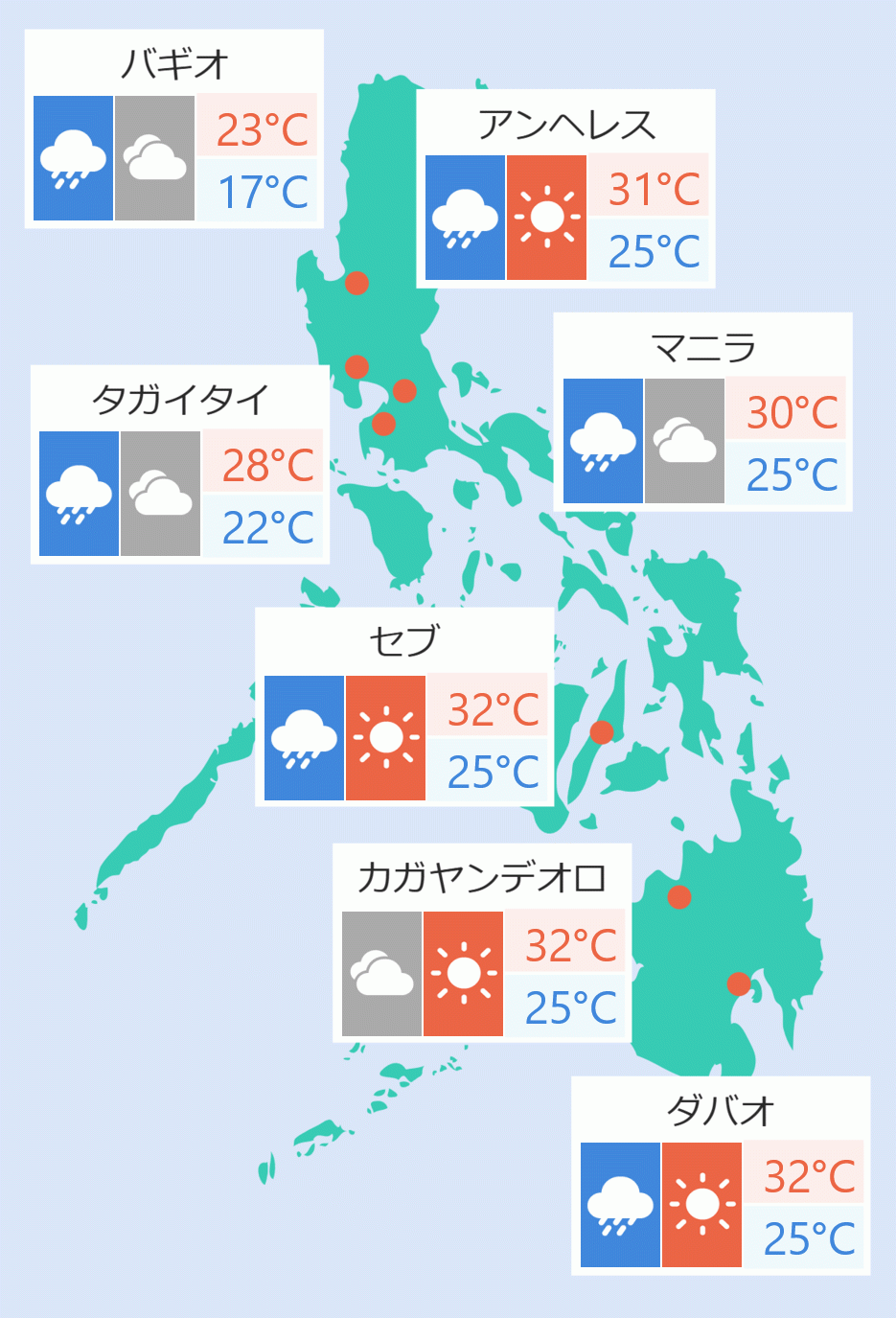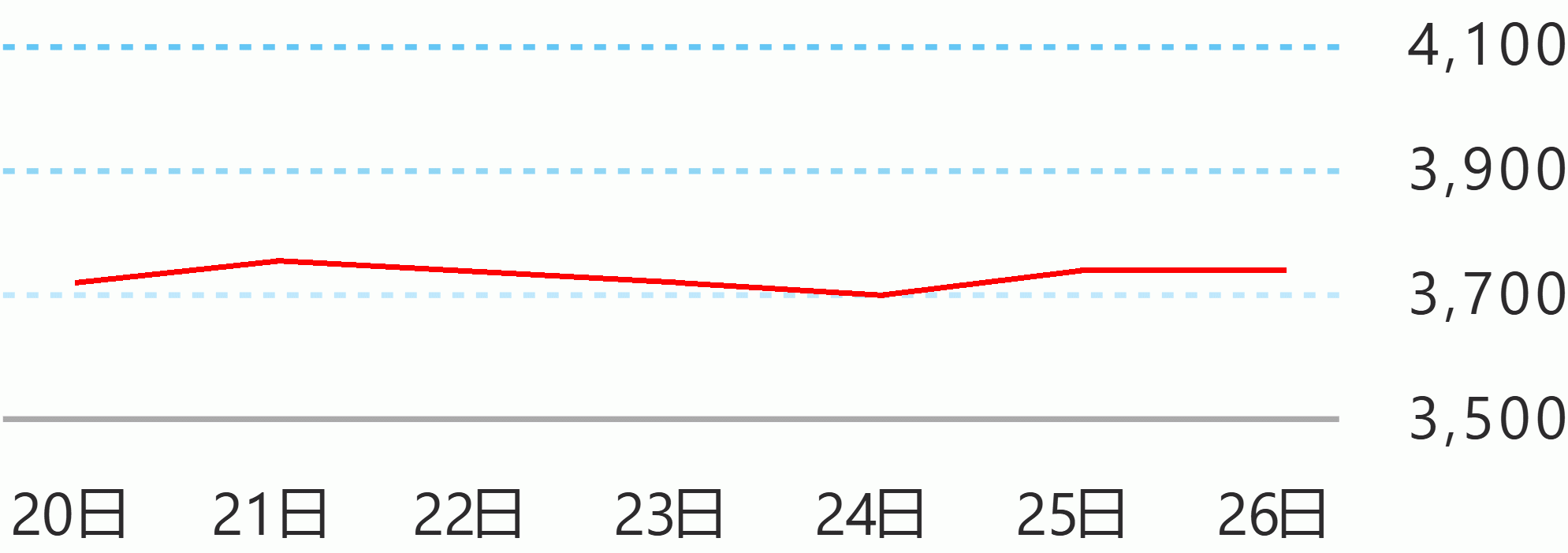Two weeks before the enhanced community quarantine is set to end, the chief implementer of the National Action Plan against COVID-19 on Wednesday said the government may have to extend quarantine in some affected areas.
In a statement, Presidential Peace Adviser Carlito Galvez Jr said there is need to strike a balance between ensuring health and safety of residents, while looking after the economy, social order and human safety.
“We would like to assure the Filipino people that the government is doing everything possible to prevent and mitigate the socio-economic impact of the disease. But this will require the full cooperation and support of all members of the community,” Galvez said.
"This is unprecedented. Even powerful countries with modern science like the US, China, Japan and Italy were caught unprepared," he added.
Galvez said the government will be adopting “carrier-centric” approach to mitigate spread of COVID-19.
“An infected person becomes a threat to the general public when he or she is mobile and not isolated, and becomes a carrier of the disease,” he said.
“There is a need to determine the social impact of these mitigation measures, as interventions shall be implemented by line agencies at the national level and local government units at the community level throughout the critical stages of this campaign,” he said.
To detect potential COVID-19 carriers, Galvez said it is imperative to conduct massive testing of persons under investigation and persons under monitoring without delay, effective contact tracing, enforce enhanced community/home quarantine, and isolate patients who have tested positive and PUIs.
“Contact-tracing will be crucial, as it will enable us to quickly and effectively identify the potential carriers of the disease, and isolate them from the rest of the community before they can infect others. We can use the existing technology, transparency of government processes and vigilance of the community," he said.
"LGUs should find innovative ways by combining the strategy of selective and total lockdown, massive testing, designation of appropriate "forced quarantine" facilities for PUIs and PUMs, effective implementation of social distancing and home quarantine and protection and segregation of the seniors, vulnerable sector and urban poor," he added.
Galvez said in isolating disease carriers, they have to designate government-dedicated treatment facilities for COVID-19, while PUIs need to be taken to converted isolation centers for closer monitoring.
Galvez said the NTF’s concept of operations “is not a military solution as some describe it but rather a medical solution wherein our goal is to provide life-saving health services to people as quickly and efficiently as possible, since in reality, logistics and capacity will dominate the healthcare response when the virus becomes more widespread and the number of COVID-19 patients exponentially increase.
“Based on the timetable given to us by the President, we hope to take out all COVID-19 positive patients and PUIs from their communities by April 14,” Galvez said, adding this move will help reduce the public’s anxiety over the spread of the disease.
He said once these interventions are effectively carried out, evaluations will be conducted at the sitio and barangay level starting April 15.
These evaluations, Galvez said, shall become the basis for declaring communities as “cleared” from the disease, adding "the systems thinking analysis of our pandemic experts coming from the academe and the medical community are also vital."
“Our long-term objective here is to see the gradual normalization of communities who have been severely affected by this health crisis. But even if we see a reduction in the number of cases in the future, we cannot afford to let our guard down,” Galvez said.
Meanwhile, in a radio interview, Interior Secretary Eduardo Año on said implementing quarantine in certain areas is not feasible as some people tend to move from one place to another.
"It can’t be done because the problem is a person will move and you will not notice them,” he said.
Año said it will be unfair to some provinces if they will allow a person to leave Metro Manila, where most COVID-19 cases are, and go home.
"It will be unfair to the other provinces that someone from Metro Manila will arrive in their place. It will be unfair if you are carrier and you will infect those who are living in the province,” he added.
He said the interagency task force will be discussing the possible measures on how to prevent the spread of the disease after lifting the lockdown.
Ano said it will still be up to President Rodrigo Duterte on what will happen after the one month enhanced quarantine ends.
Last March 17, Duterte placed the entire Luzon under enhanced community quarantine to contain the spread of COVID-19. It is expected to be lifted by April 14.
According to the Department of Health (DOH) Wednesday, the country has 2,311 confirmed cases with 96 deaths and 50 recoveries.Ella Dionisio/DMS





 English
English









